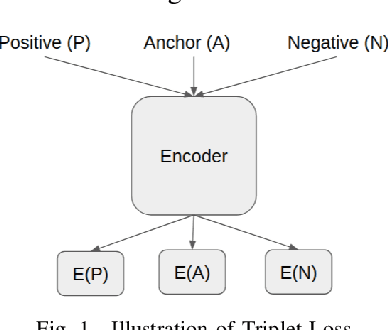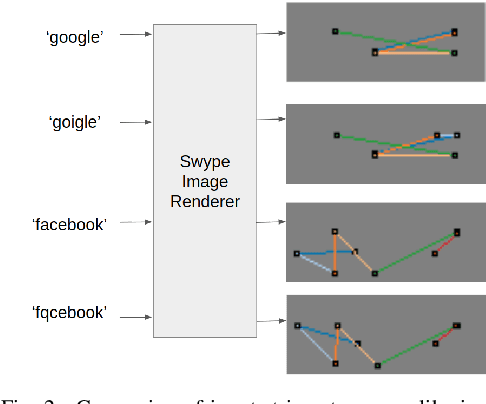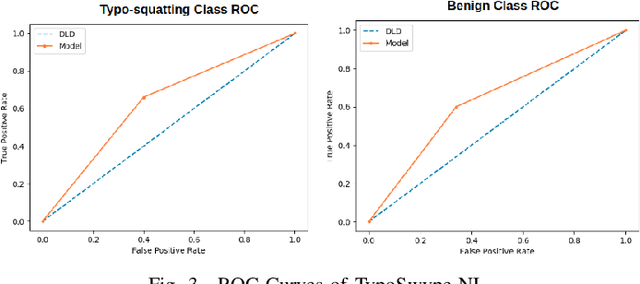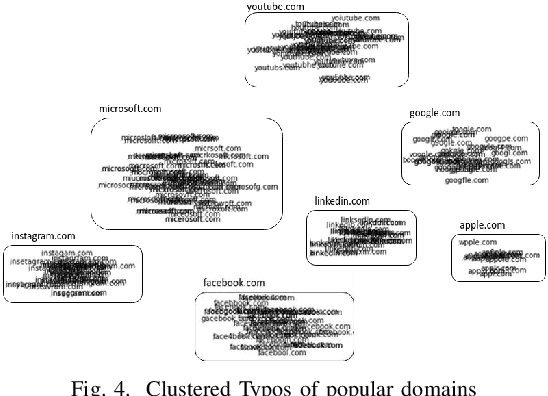TypoSwype: An Imaging Approach to Detect Typo-Squatting
Paper and Code
Sep 02, 2022



Typo-squatting domains are a common cyber-attack technique. It involves utilising domain names, that exploit possible typographical errors of commonly visited domains, to carry out malicious activities such as phishing, malware installation, etc. Current approaches typically revolve around string comparison algorithms like the Demaru-Levenschtein Distance (DLD) algorithm. Such techniques do not take into account keyboard distance, which researchers find to have a strong correlation with typical typographical errors and are trying to take account of. In this paper, we present the TypoSwype framework which converts strings to images that take into account keyboard location innately. We also show how modern state of the art image recognition techniques involving Convolutional Neural Networks, trained via either Triplet Loss or NT-Xent Loss, can be applied to learn a mapping to a lower dimensional space where distances correspond to image, and equivalently, textual similarity. Finally, we also demonstrate our method's ability to improve typo-squatting detection over the widely used DLD algorithm, while maintaining the classification accuracy as to which domain the input domain was attempting to typo-squat.
 Add to Chrome
Add to Chrome Add to Firefox
Add to Firefox Add to Edge
Add to Edge